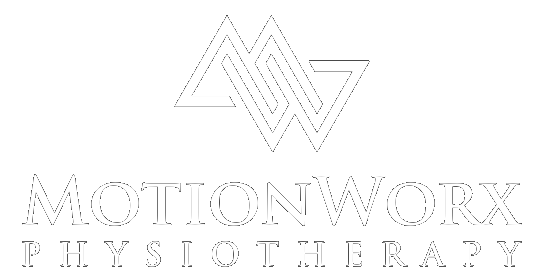Have you had an injury since last ski season? If you have, you may have some work to do to prepare for the upcoming season. Let’s review how common injuries can affect your performance on the mountain by testing yourself today. If you have any difficulty with these functional movements, a physiotherapy home exercise program can help you address these issues before you hit the slopes.
Ankle sprains: one common problem after an ankle sprain is stiffness and reduced mobility into ankle dorsiflexion. This is the position of the ankle during a squat. This range of motion is very important to restore; as this is the position sustained in skiing and snowboarding. If there is residual swelling, this will also reduce the mobility at the ankle joint and may make it difficult to put on your boot.
Test yourself: Try the knee to wall test: keeping your entire foot flat on the floor, see how far you can move your foot away from a wall and still touch your knee to the wall in front of you by bending your knee. Make sure you do not lift your heel. Do you notice a difference when comparing side to side?
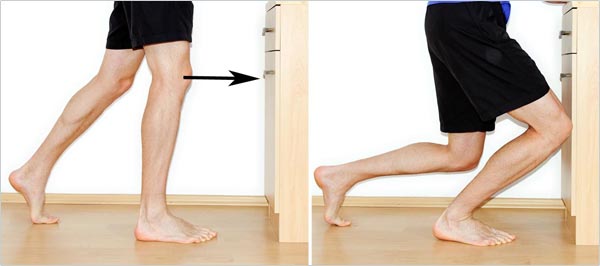
Now try putting on your boots and see if you feel comfortable standing, walking and squatting with your ski or snowboard boots on.
Poor balance and weakness after a sprain are also quite common. Think about the balance required when you stand on one leg while pushing with the other leg to get from the chalet to the lift. Skiing down the run also requires a quick reaction time when navigating bumps, ice and differences in snow quality. A home program to improve your ankle mobility, strength and balance will help you to have a successful ski season.
Knee injuries: this includes pain under the knee cap, called patellofemoral pain, muscle and tendon injuries, ligaments sprains and knee joint pain.
Test yourself: Can you move from sit to stand 10 times? Can you do 10 squats, holding for 10 seconds each time? Can you crouch and get up and down off the floor? Can you stand on one leg and bend your knee? (hold on to support for this one).
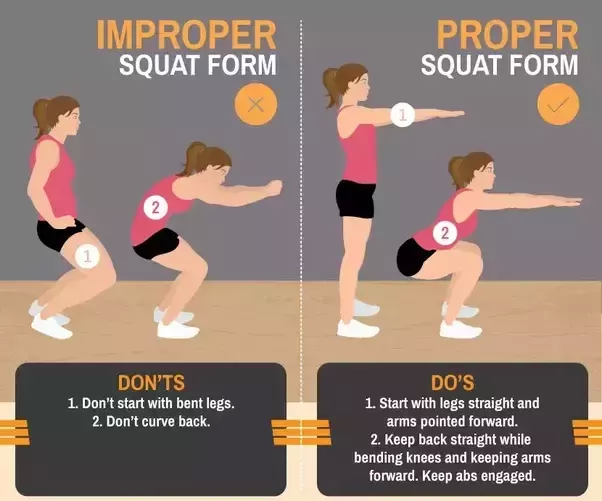
Do you have pain or weakness with any of these tests? Trying to stand up with all your equipment on after falling on a run (perhaps on a powder day) is not going to be easier than getting up off the floor at home. Similar to the ankle, it is important to restore mobility, strength and balance after a knee injury prior to getting back on the slopes.
Hip and low back injuries: this includes any pain or weakness noted in your hip, pelvis or low back.
Test yourself: Try standing on one leg (do this next to the kitchen counter in case you need support). Can you stand for 20 seconds on each leg? Can you stand on one leg and move the other leg to the side 10 times? Now test your ability to squat, crouch, bend and get up off the floor.
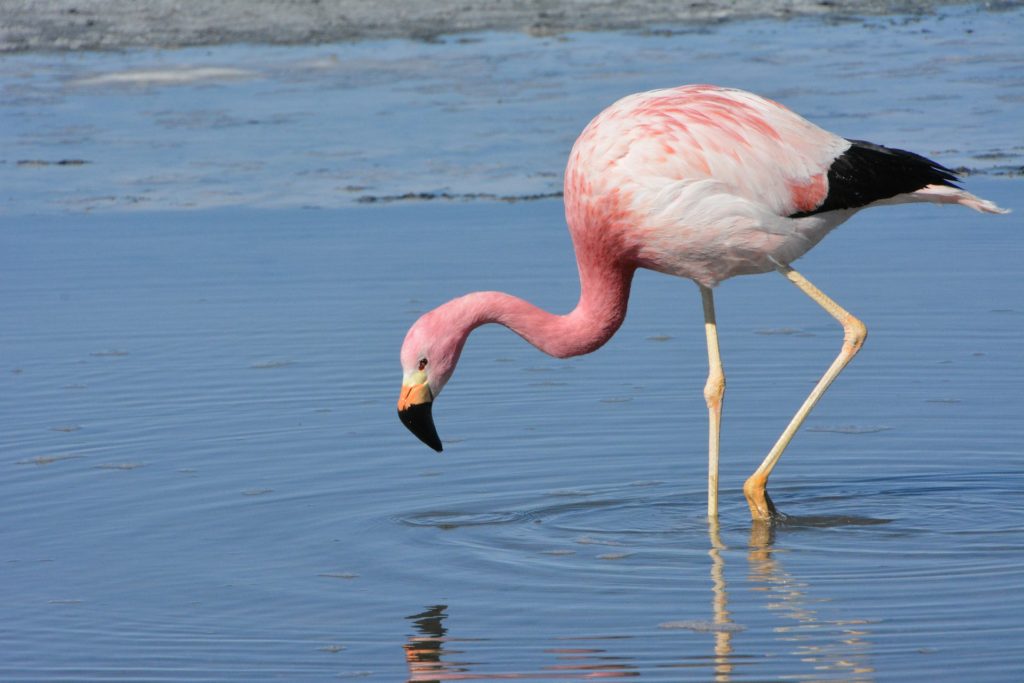
Did you find any of these tests painful or difficult? Since falls happen while skiing and snowboarding, no matter what your ability level, it is important that you have the flexibility and strength to get back up. A home program to improve your core, pelvis and hip strength and flexibility will go along way to improve your conditioning and confidence on the mountain this winter.
Upper extremity injuries: this includes wrist and elbow pain, shoulder injuries and neck and upper back pain. Upper body injuries may not seem as relevant, but you will have a better ski season if you address them now. While speeding down the mountain it is important to be aware of your surroundings and be able to turn and look quickly or put your arms out for balance without worrying about neck or shoulder pain.
Test yourself: dig out your ski pole or grab a broom handle. Grip and plant the pole as you would while you ski. Can you do this without hand, wrist, elbow or shoulder pain? Can you reach both arms out in front of you, to the side and behind you without shoulder pain?
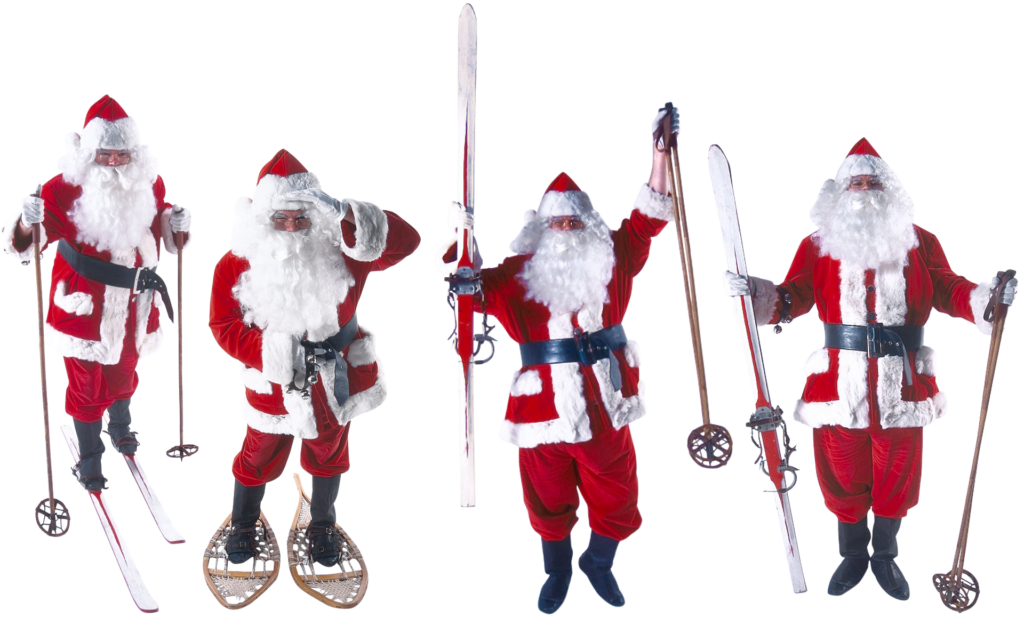
A home program to strengthen your upper back and shoulders and address any residual muscle tension will help with your posture and get you moving pain-free.
I hope you all have a wonderful ski season full of powder days and corduroy groomers!
Krista Smith is a registered physiotherapist at MotionWorx Physiotherapy. She can be reached by e-mail at krista@motionworxphysio.com or by phone at (778) 478-9679.
